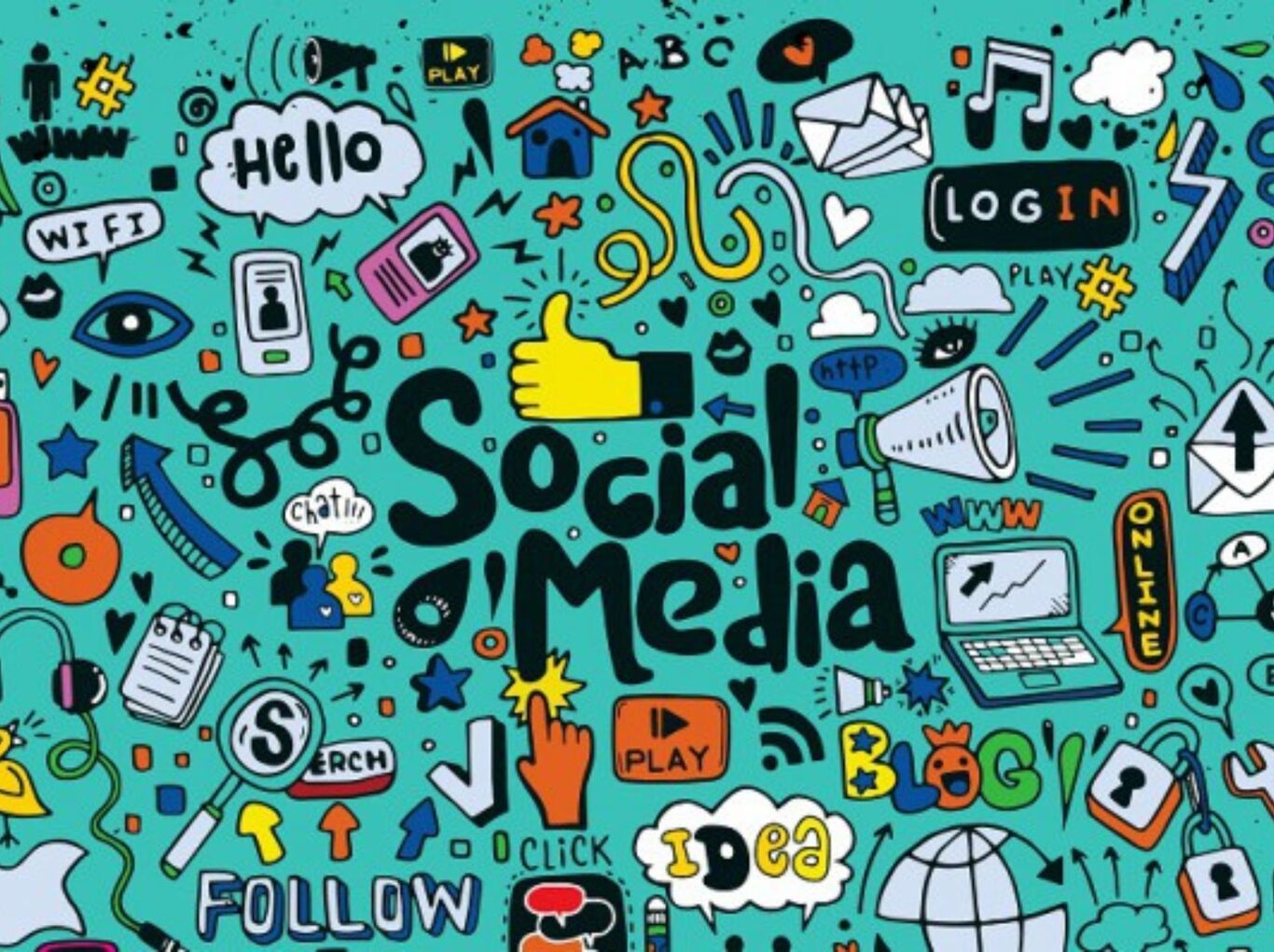Innovations in FMEG: Leading Change in the Fast-Moving Electronic Goods Market

The revenue generated in the Consumer Electronics market worldwide in 2024 amounted to a staggering US$1,046.0 bn. Industry experts expect that the industry will grow at a rate of 2.99% from 2024 to 2028. Fast-moving electronic goods (FMEG) have a shorter shelf life and high turnover rate. Innovation is critical for FMEG. It fuels growth and shapes our world. We have smart homes, electric vehicles, and renewable energy. The list goes on.
Yesterday's "breakthrough" is now the norm. Consumers are always eyes for the next big thing. Maintaining current FMEG trends is vital for businesses in this fast-paced sector.
5 Key FMEG Innovations
Let's look at some critical FEMG trends. These trends are driving innovations and shaping the market:
1. Smart Technology Integration
Innovative technology has improved FMEG devices a lot. It has made them more valuable and convenient. Here are a few examples:
- Smart technology integration: Household appliances integrate with intelligent technology. This integration allows for seamless communication and automation. Smart refrigerators, like Samsung's Family Hub series, let customers watch their groceries from an app. They can also recommend recipes.
- Connected HVAC Systems: Smart air conditioners from LG and Daikin can be managed remotely via smartphone apps. It changes temperature settings based on occupancy and weather forecasts. This maximizes energy efficiency.
- Voice-Activated Devices: Many FMEG devices have virtual assistants. These include Amazon Alexa and Google Assistant. You can use voice commands to control TVs and lights. They improve accessibility and allow for hands-free operation.
2. Energy Efficiency and Sustainability
FMEG firms are adopting sustainability to cut their environmental impact. This is to meet consumer expectations. Here are a few examples:
- Energy-Efficient Appliances: Companies like Bosch and Panasonic make fridges, washers, and air conditioners that use less energy. These products meet eco-certification standards.
- Renewable Energy Integration: Certain products use sources like solar power. They include water heaters and air purifiers. These products run more effectively.
The International Energy Agency (IEA) reports that efficient appliances can cut electricity use by 50%. This cut contributes to sustainability.
Most firms that implement sustainable practices notice reduced energy use and trash creation. Their efforts to decrease their environmental impact can benefit them financially. It also develops a favorable reputation among competitors and in the marketplace.
3. Artificial Intelligence (AI) and Machine Learning (ML)
AI and ML are changing the FMEG industry. They let devices learn and adapt to users' preferences. Some examples of AI-driven inventions include:
- Smart TVs with Content Recommendation Algorithms
- Robotic Vacuum Cleaners that Map and Clean Homes Effectively
- Air Conditioners that Optimize Energy Usage Depending on Occupancy
Companies like Sony and Dyson are using AI to improve customer experiences. Experts predict AI will reach $37.2 billion in consumer electronics by 2027.
4. Internet of Things (IoT) Connectivity
The Internet of Things (IoT) enables device connection. This creates a network of smart appliances. FMEG devices may now connect. It automates processes and provides real-time data. This connection improves convenience. It also enables predictive maintenance and remote diagnostics.
IDC[1] predicts that 2025 there will be over 41 billion IoT devices worldwide. They will have significant uses in home automation and consumer electronics.
5. Digital Transformation and E-commerce
The FMEG industry's digital transformation is changing how customers engage with electronic consumer goods. It's also changing how businesses function. Here are some essential features of this transformation:
- E-commerce Expansion: The growth of e-commerce platforms greatly influences the FMEG industry. Now, consumers can buy electronic items online. They can explore many products, compare prices, and read user reviews before buying. This change has widened market reach. It has let smaller companies compete with big ones.
- Data-Driven Insights: Electronic commerce and digital platforms create massive volumes of customer data. FMEG firms may use data analytics and machine learning. They use them to check customer behavior, improve marketing tactics, and make custom goods.
6 FMEG Technologies Enabling Future Possibilities
Let's look at some revolutionary technologies driving FMEG innovation:
1. 5G Connectivity
5G networks are quicker and more reliable. They open new opportunities for real-time streaming, cloud gaming, and IoT applications.
INSIGHT: Figures from GSMA[2] Intelligence report that 5G connections will be over half (51%) of mobile connections by 2029. They will rise to 56% by the end of the decade.
2. Wireless Charging Technology
The adoption of wireless charging in smartphones and other devices is increasing demand for FMEG products.
3. Augmented Reality (AR) in Retail
AR improves the shopping experience for FMEG items. Brands like IKEA use augmented reality. It helps buyers see how furniture or appliances would look in their homes before buying.
4. Flexible and Foldable Displays
Better display technology has made flexible and foldable screens. Samsung's Galaxy Z Fold series exemplifies this innovation. It allows users to switch between smartphone and tablet modes smoothly.
5. Biometric Security
Biometric authentication uses fingerprint sensors and facial recognition. It is becoming more common on smartphones and computers. It improves device security.
6. Quantum Computing
Quantum Computing is still in its early stages. It has the potential to revolutionize data processing and encryption. This would open new opportunities for electronic product innovation.
Collaborations Driving Electronic Goods Innovation
Partnerships between FMEG manufacturers and tech giants are crucial. They push the bounds of innovation and transform consumer electronics.
FMEG manufacturers are teaming up with tech giants. These include Google, Amazon, and Apple. They are doing this to integrate advanced tech into everyday gadgets.
For example, appliance makers such as Samsung, LG, and GE work with software firms. They are adding voice assistants like Amazon Alexa and Google Assistant to refrigerators, ovens, TVs, and other devices. This integration allows for hands-free control and tailored interactions with various gadgets.
AI and machine learning also help FMEG firms. They make intelligent products that learn user preferences and adapt over time.
Market leaders in FMEG collaborate with tech partners. They build products with configurable features. The features respond to individual tastes, which increases customer satisfaction.
5 Impacts of FMEG on the Electronics Market Innovations
FMEG innovations have a significant impact on the electronics market. It influences consumer behavior, market dynamics, and industry trends.
1. Increased Consumer Expectations
FMEG developments have raised consumer expectations. They now expect electronics to be practical, connected, and convenient. Consumers want items that work with smart homes. They want goods that allow for voice control and provide custom user experiences.
2. Industry Expansion and Diversification
The new FMEG products have revolutionized electronics. They have brought in new customers and driven diversification.
For example, smart home gadgets are popular. They have created a new market in the electronics industry.
3. Competition and Differentiation
FMEG innovations have increased competition. This leads to more investments in research and development. Companies strive to make their products different. They do this through unique features, sustainability programs, and partnerships with tech giants.
4. Technological Convergence
Innovations in FMEG have spurred tech convergence. They blur the lines between traditional products.
For instance, smartphones now have features found in cameras. They also have features found in GPS devices and media players. It shows a convergence of technologies.
5. Ecosystem Integration
FMEG innovations have helped make interconnected ecosystems. In these systems, devices communicate and collaborate seamlessly. This union fosters brand loyalty. It also encourages consumers to buy complementary products from the same maker or brand.
To Sum Up
Fast-moving electronic goods (FMEG) innovations are changing the electronics market. They are setting new standards for how well products work, how they connect, and how sustainable they are. Smart technologies, driven by AI, and sustainable practices are integrating rapidly. They are not just changing consumer experiences. They are also driving significant shifts in the industry.
This era of technological convergence is breaking traditional boundaries. It merges different product types into connected systems. These systems offer smooth user experiences.
Businesses can use strategic partnerships and digital transformation. They can use these to navigate in this fast-paced sector. They can also use them to find new opportunities to grow and expand in the market.
At GrowthJockey, we recognize the transformative power of technological innovation and industry knowledge. We empower businesses to thrive in the changing FMEG landscape. We do this through digital ads, tech innovation, and effective operations management.
Contact us today to help you grow your FMEG business. Use FMEG innovations to propel your business toward visionary success.
FAQs
1. What are some innovations in the FMEG sector?
Innovations in the FMEG sector include IoT integration. They also have AI-driven appliances, modular designs, and eco-friendly solutions. These aim to improve user experiences and sustainability.
2. How can B2B businesses benefit from investing in FMEG technology?
B2B businesses can use FMEG technology to offer new solutions to their clients. It can also help them work better and stay ahead of market trends.
3. Which companies are leading in FMEG technology?
Market leaders include Samsung, LG, Haier, and Panasonic. They are leading FMEG innovations. They focus on intelligent tech and sustainable practices.
4. How does the integration of IoT impact the FMEG sector?
IoT integration allows remote monitoring and control of devices. It enables personalized user experiences and data-driven insights for manufacturers. This drives innovation and market growth.








